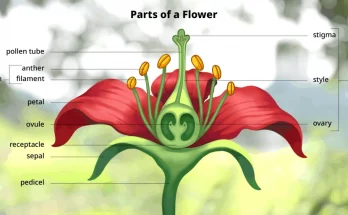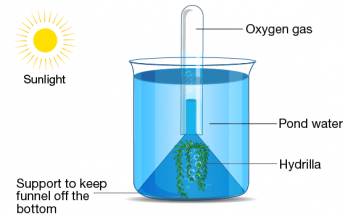What is a Reflex Action? – For Class 10th
This article explains reflex actions for Class 10 students, describing them as automatic, quick responses our bodies make to certain stimuli without conscious thought, like withdrawing a hand from something hot. It highlights the importance of reflex actions in protecting us from harm by bypassing slower conscious processes, using the concept of a reflex arc—a direct pathway from sensory to motor neurons within the spinal cord, allowing for immediate response.
What is a Reflex Action? – For Class 10th Read More


